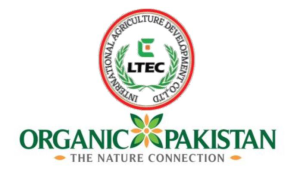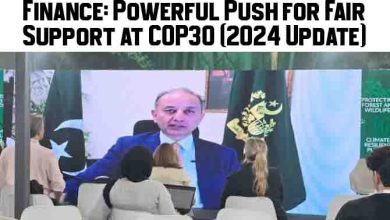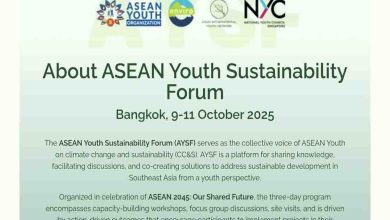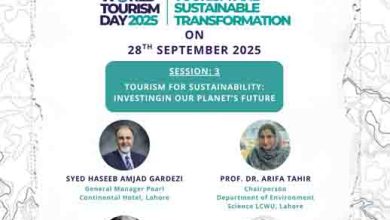Partnership for Shared Futures in Food Security.
Pakistan and China Collaborate to Cultivate and Export Chilies Under the CPEC-2. Partnership Strengthens Agricultural Cooperation Between LTEC International Agriculture Development Company and Organic Pakistan (LLP).
Lahore, Pakistan – 24 September 2023 – LTEC International Agriculture Development Co., Ltd. (LTEC) and Organic Pakistan (LLP) have officially inked a significant Memorandum of Understanding (MOU) to advance the chili farming industry in Pakistan.
LTEC, a well-established chili farming company operating under the China-Pakistan Economic Corridor (CPEC), and Organic Pakistan (LLP), Pakistan’s leading company dedicated to sustainable solutions in agriculture, food, health, and environmental security, have joined forces to foster greater collaboration in the agriculture sector.
Agreement signed by Mr. Chen Liyang, Director LTEC and Mr. Muhammad Nadeem Iqbal, Managing Director of Organic Pakistan (LLP), Witnessed by Mr. Chen Changwei, Chairman LTEC. The agreement represents a shared commitment to further develop the chili farming sector in Pakistan. LTEC has been actively engaged in promoting contract-based chili farming in Pakistan, employing advanced production technology under the guidance of Chinese agriculture technicians since 2019. Organic Pakistan (LLP) brings its extensive experience in research and development to pioneer sustainable solutions in agriculture.
Under the terms of the MOU, both parties will collaborate to promote and develop the chili industry in Pakistan by engaging Pakistani farmers in contract-based chili farming, utilizing advanced production technology supervised by Chinese agriculture experts. This initiative aims to enhance the well-being and livelihoods of Pakistani farmers while bolstering the chili farming sector.
Organic Pakistan (LLP) will serve as the Senior Strategic Partner for LTEC in Pakistan, actively engaging with Pakistani farmers to encourage them to participate in chili farming contracts, adhering to the specified terms and conditions. Moreover, Organic Pakistan (LLP) will play a pivotal role in negotiating and facilitating contracts between LTEC and the farmers/growers.
The agreement also involves knowledge sharing between the two parties, exploring Pakistan agricultural and food industry integration development , and a commitment to leveraging media platforms for public diplomacy. This media engagement seeks to portray the positive aspects of China and Pakistan while highlighting segments of society contributing to mutual understanding and cooperation in the fields of agriculture and agro technologies.
Responsibilities of Organic Pakistan (LLP) include promoting the concept of LTEC contract farming among Pakistani farmers nationwide, expanding chili farming by adding large cultivation acres of land in the first year through various farmers, and providing technical assistance and periodic supervision by qualified personnel for chili crops grown under contract, along with submitting progress reports to LTEC.
LTEC’s responsibilities encompass offering technical expertise and advanced production technologies for chili cultivation under the supervision of Chinese agriculture experts, recommending chili varieties that meet the needs of the Chinese market,,and supplying farmers/growers with suitable seeds tailored to local conditions and requirements.Arranging for the necessary information of advanced machinery, tools, and equipment from China.
This historic agreement symbolizes the commitment of both LTEC and Organic Pakistan (LLP) to promote sustainable agriculture in Pakistan and enhance bilateral cooperation between China and Pakistan.
LTEC International Agriculture Development Co., Ltd is a Corporate Chili Farming Company is working in Pakistan since 2019 under the instruction of CPEC on Chili farming. Our company is helping farmers to grow chilies with advanced production technology with the supervision of Chinese Agriculture technicians.
Organic Pakistan is Pakistan’s leading company working on improving crop productivity through sustainable and smart agriculture and urban farming practices. Driven by research-based passion, innovation, and progressive consulting, Organic Pakistan’s expertise spans agro-farming, urban edible landscapes, agro-based industrial projects, trading operations, product and brand development, supply chain management,?and?marketing.







